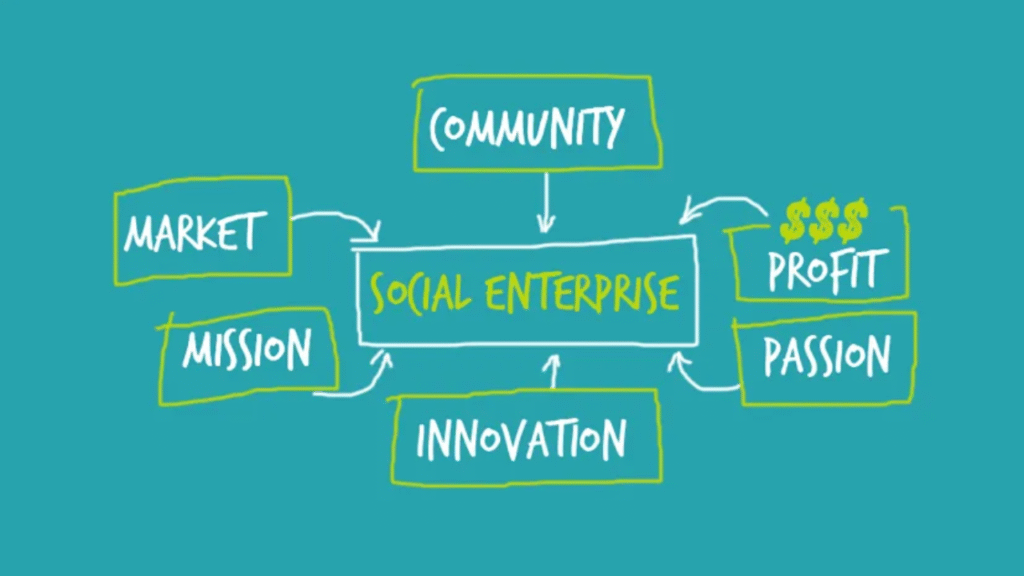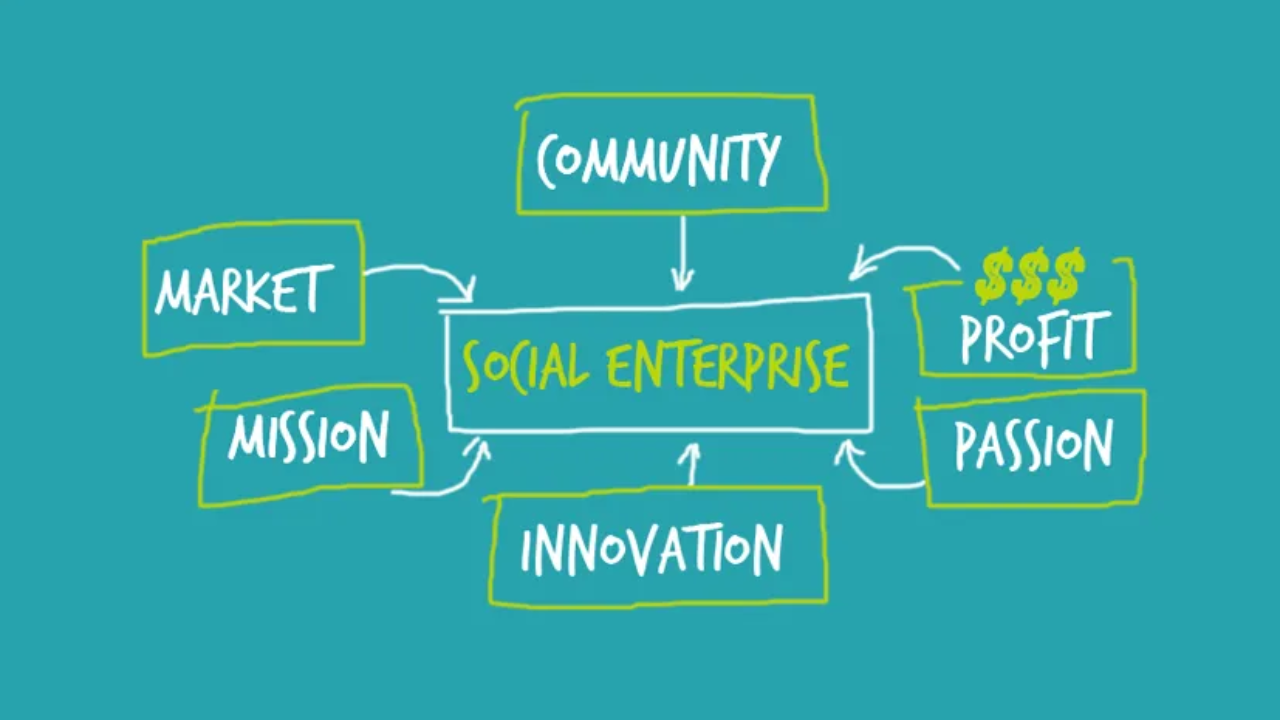
In today’s social impact landscape, many design-focused organizations are choosing to blend mission-driven work with entrepreneurial sustainability. One emerging structure is the hybrid model—a combination of a non-governmental organization (NGO) and a social enterprise. This dual approach enables design firms to pursue philanthropic goals while maintaining revenue-generating activities, offering a flexible and scalable structure for greater impact.
This article explains how design firms can successfully structure and operate a hybrid model, the benefits and challenges, legal considerations, revenue streams, and governance tactics that ensure the two entities work in synergy.
Overview Table: Key Aspects of a Hybrid NGO + Social Enterprise Model
| Component | NGO Arm | Social Enterprise Arm |
|---|---|---|
| Legal Status | Registered charity or non-profit | Company limited by shares or guarantee |
| Primary Goal | Public benefit, grant-driven | Profit for purpose, market-based solutions |
| Revenue Source | Donations, grants, institutional funding | Product/service sales, licensing, consulting |
| Tax Treatment | Tax-exempt (with limitations) | Taxable but eligible for reinvestment exemptions |
| Beneficiary Engagement | Free or subsidized design projects | Paying clients or cross-subsidized markets |
| Accountability | Regulator reporting (e.g. Charity Commission) | Corporate governance and financial accountability |
1. What Is a Hybrid Model for Design Firms?
A hybrid model merges two organizational structures:
- An NGO: Focused on charitable and public-interest design projects (e.g. urban renewal, low-cost housing, green infrastructure for underserved communities).
- A Social Enterprise: Operates commercially but reinvests profits into mission-aligned activities or subsidizes NGO work.
This model enables design firms to balance commercial sustainability with deep social impact.
Example:
A firm might run an NGO that designs public sanitation structures for rural villages and simultaneously operate a social business that sells eco-friendly modular toilets to urban developers.
2. Why Consider a Hybrid Structure?
Benefits Include:
- Diversified Funding Streams: NGOs access grants/donations; enterprises generate earned income.
- Mission and Market Balance: Serve both low-income beneficiaries and paying clients.
- Greater Flexibility: Each arm operates with different rules and speed but supports the same vision.
- Cross-Subsidization: Profits from the enterprise arm can support free or subsidized design work by the NGO.
- Broader Partnerships: Access to both commercial and philanthropic networks.
3. Legal Setup and Compliance
UK and Global Options:
- NGO Arm: Register as a Charitable Incorporated Organisation (CIO) or a charitable trust.
- Social Enterprise Arm: Register as a Community Interest Company (CIC) or a private limited company with a social mission in its articles of association.
Important Legal Points:
- Keep operations separate but transparent to avoid tax or regulatory conflicts.
- Define transfer pricing policies for shared services (e.g. office space, staff time).
- Maintain clear memorandums of understanding (MoUs) between the two entities to outline collaboration and boundaries.
4. Governance and Structure
Best Practices:
- Have distinct boards or overlapping members with clearly defined roles.
- Share support services (e.g., finance, HR, marketing) via formal service-level agreements.
- Design an impact measurement system that captures both charitable outcomes and commercial reach.
- Establish a conflict of interest policy especially when decisions affect both arms.
| Governance Element | NGO | Social Enterprise |
|---|---|---|
| Board Composition | Mission-oriented trustees | Business-savvy directors or advisors |
| Reporting Requirements | Annual reports to Charity Commission | Company accounts filed with Companies House |
| Impact Metrics | Social return on investment (SROI) | Financial KPIs + mission alignment |
5. Revenue Streams and Financial Flows
Revenue should flow within legal and ethical boundaries. Each arm should have a self-sustaining model, but cross-support is often necessary.
Typical NGO Revenue:
- Grants (from foundations, governments)
- Donations (individual or corporate)
- CSR partnerships
- Voluntary services
Typical Enterprise Revenue:
- Design consultancy
- Workshops or training
- Product or service sales
- Licensing intellectual property
Flow Tip:
Profits from the social enterprise can be donated to the NGO, but the reverse (NGO subsidizing the for-profit) must be justified with clear public benefit and charity law compliance.
6. Challenges and Risk Management
Key Challenges:
- Confusion among funders about dual structures
- Risk of mission drift on the enterprise side
- Complex legal compliance and auditing requirements
- Reputational risks if either arm fails or missteps
Risk Mitigation Strategies:
- Strong internal controls and role clarity
- Transparent financial reporting across both entities
- Open and frequent stakeholder communication
- Clearly communicated brand strategy explaining the hybrid model
3 Best One-Line FAQs
1. Can an NGO and a social enterprise share the same branding?
Yes, but clarity must be maintained to differentiate legal and financial responsibilities.
2. Is it legal for an NGO to fund a social enterprise?
Only under strict conditions that ensure public benefit and charity law compliance.
3. How do funders view hybrid design firms?
Positively, if there is transparency, strong governance, and clear impact reporting.
Conclusion
A hybrid model empowers design-focused organizations to amplify impact while securing financial sustainability. By strategically aligning the NGO and social enterprise arms, design firms can innovate solutions for underserved communities, generate income through design excellence, and reinvest profits into purpose. The key lies in legal clarity, operational transparency, and an unwavering commitment to social value. For firms committed to design with purpose, this is a model worth building.

